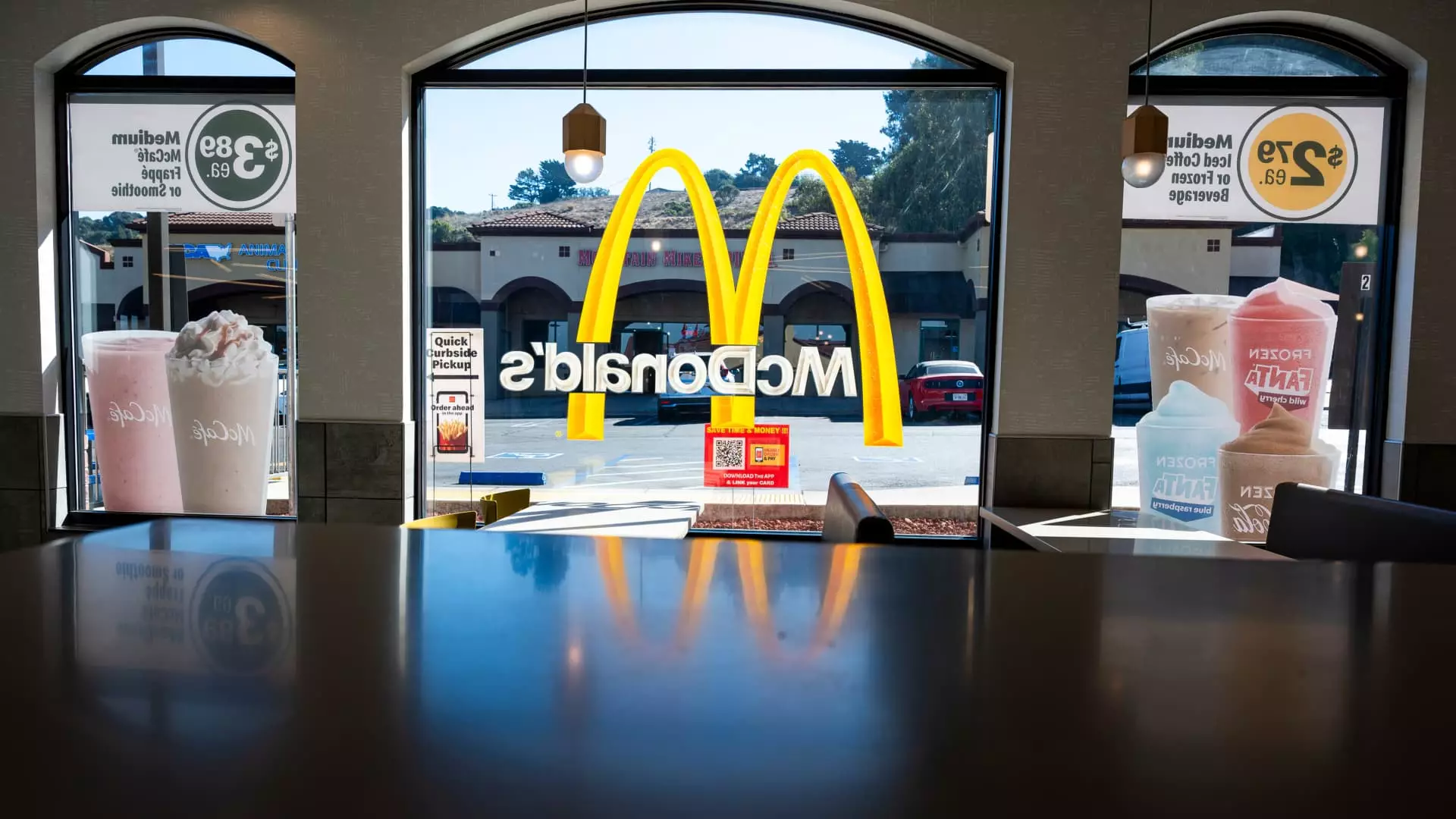The restaurant sector, which has grappled with unprecedented challenges over the past couple of years, stands at a transformative juncture as it looks forward to the impending year of 2025. Key executives from various chains are expressing a palpable sense of eagerness to close the chapter on 2024, which has been fraught with adversity—highlighted by a staggering 50% increase in bankruptcy filings when compared to the same period last year. Despite these grim statistics, there are flickers of hope that hint at a potential turnaround, raising the question: can the restaurant industry forge a path to recovery?
The restaurant landscape has experienced seismic shifts post-pandemic, described by high inflation, fluctuating consumer behavior, and rising interest rates, all of which have substantially affected foot traffic and overall revenue. For instance, every single month of 2024 up until September has recorded a decline in customer visits to established restaurants, according to insights from Black Box Intelligence. The decline is not just limited to independent eateries; even heavyweights like McDonald’s and Starbucks are acknowledging disappointing same-store sales, a staggering indicator of continuing consumer reticence.
The overarching concern is not merely the drop in patronage but also the accompanying market sentiment. Investors are understandably wary, as evident from the lack of major initial public offerings (IPOs) in the sector since Cava’s meteoric rise last year. This hesitance has been compounded by companies like Panera Bread, which had filed for an IPO almost a year ago yet has witnessed no movement, reflecting an undercurrent of skepticism about recovery among potential public investors.
Despite these headwinds, there are encouraging signs that could signify the dawn of a more favorable phase for the industry. Improved sales figures seen at fast-food chains in October suggest a rebound, with notable mentions like Burger King reporting growth in their same-store sales. These emerging trends are corroborated by data from Revenue Management Solutions, which indicates a 2.8% uptick in fast-food traffic compared to the previous year. Such improvement could suggest a starting point for recovery, igniting cautious optimism among industry stakeholders.
Additionally, the recent decision by the Federal Reserve to cut interest rates is likely to have a profound impact on the restaurant sector. Lower rates could facilitate new investments, as financing expansions becomes easier—a crucial step for chains looking to solidify their presence in a competitive landscape. Executives like Katie Fogertey from Shake Shack are particularly optimistic, positing that reduced borrowing costs could amplify consumer confidence and spending—even on modestly priced items.
However, while enthusiasm may be building, the competitive atmosphere remains fierce. Chains are grappling with strategies to retain customer loyalty amid a brewing storm of “value wars.” Prototype offerings by market leaders like McDonald’s may intensify the pressure on mid-tier chains, particularly brands like Portillo’s, which have seen diminishing same-store sales over several quarters. Their reluctance to join the discount race is indicative of a broader challenge: how do restaurants balance quality, customer retention, and profitability when discount offerings become the dominant market trend?
Tight margins are not new to the industry, but when they blend with external factors such as economic slowdowns or continued inflation, the situation can become critical. Analysts remain skeptical that the consumer base will bounce back as quickly as hoped, implying that the specter of bankruptcy may linger for several players in the market, particularly those who struggle to adapt to the evolving consumer expectations and the competitive pricing landscape.
Turning toward 2025, industry experts remain divided. While certain leaders are positioning themselves for growth and potential IPOs, caution is also emerging. The optimism about 2025 must be tempered with a realistic assessment of the underlying issues that have escalated burdens on the industry. The trajectory of recovery could hinge significantly on broader economic indicators, consumer sentiment, and strategic pivots within individual chains.
As the restaurant sector seeks equilibrium after a tumultuous period, it must harness data-driven insights and agile operational strategies to navigate the road ahead. The future remains uncertain, yet with vigilant leadership and adaptable practices, there may yet be a renaissance in the dining experience, fomulating a new chapter defined by resilience and innovation. Only time will tell if the green shoots seen in recent months will blossom into full-scale recovery, but for now, the hope for 2025 hangs in a delicate balance between optimism and reality.

